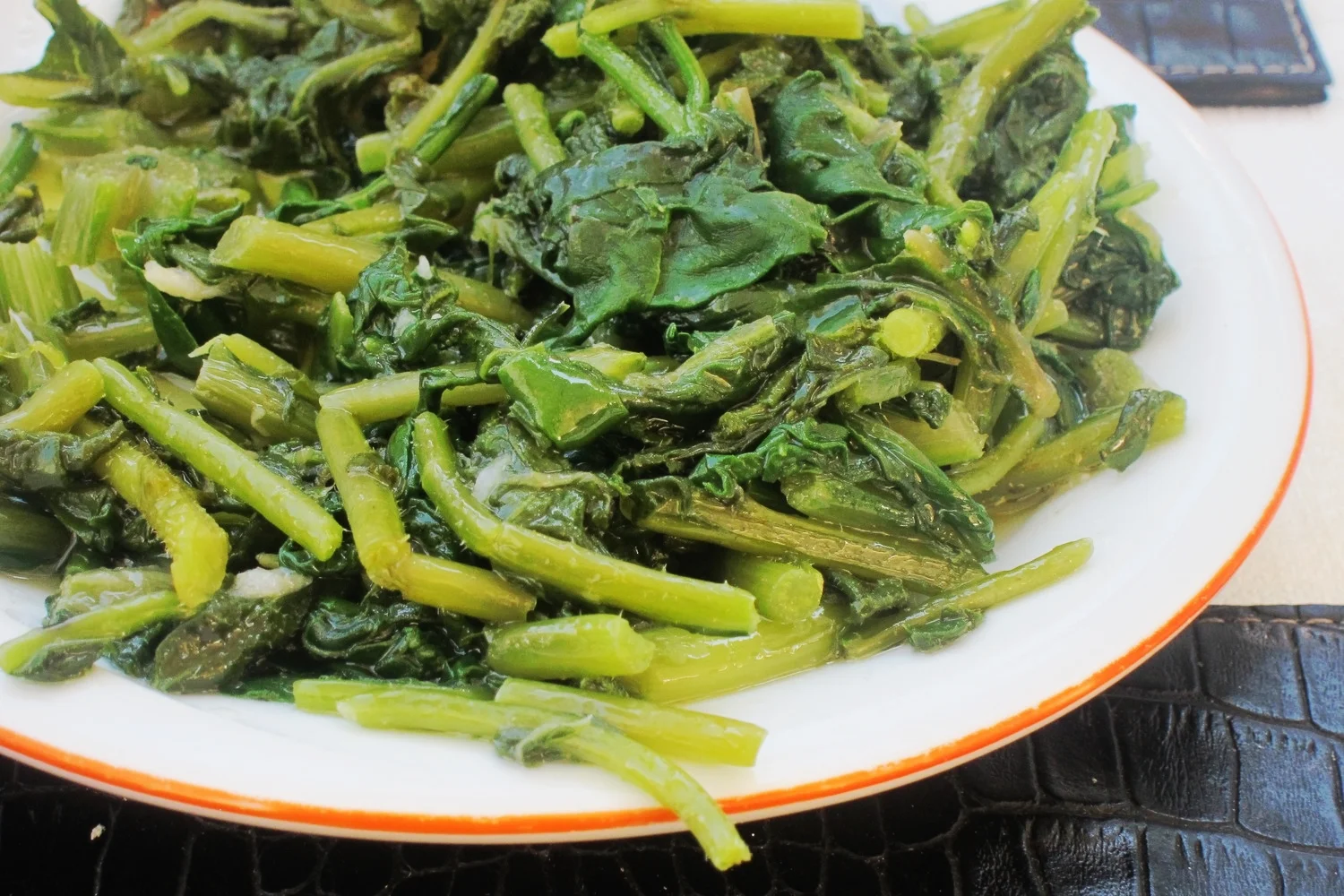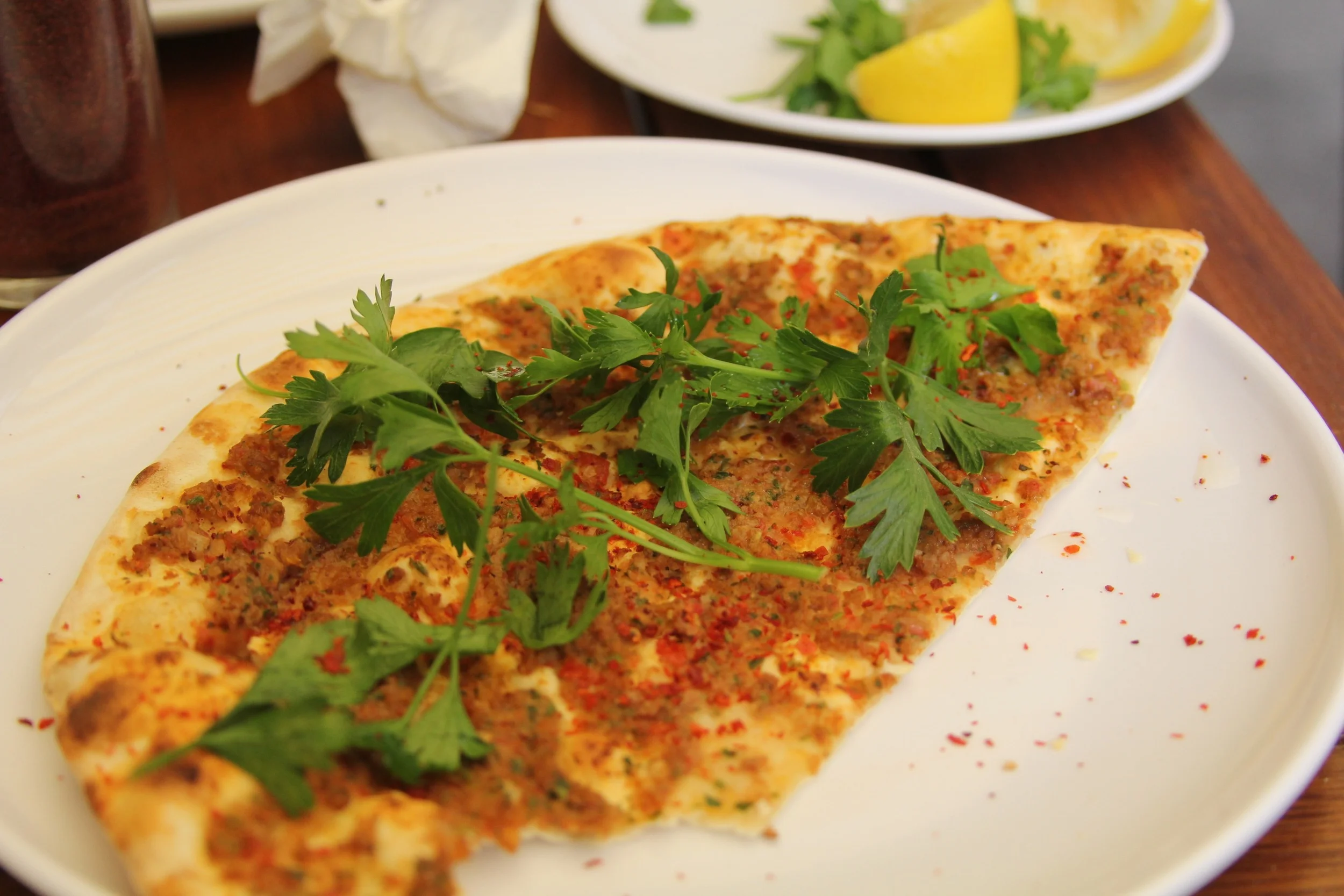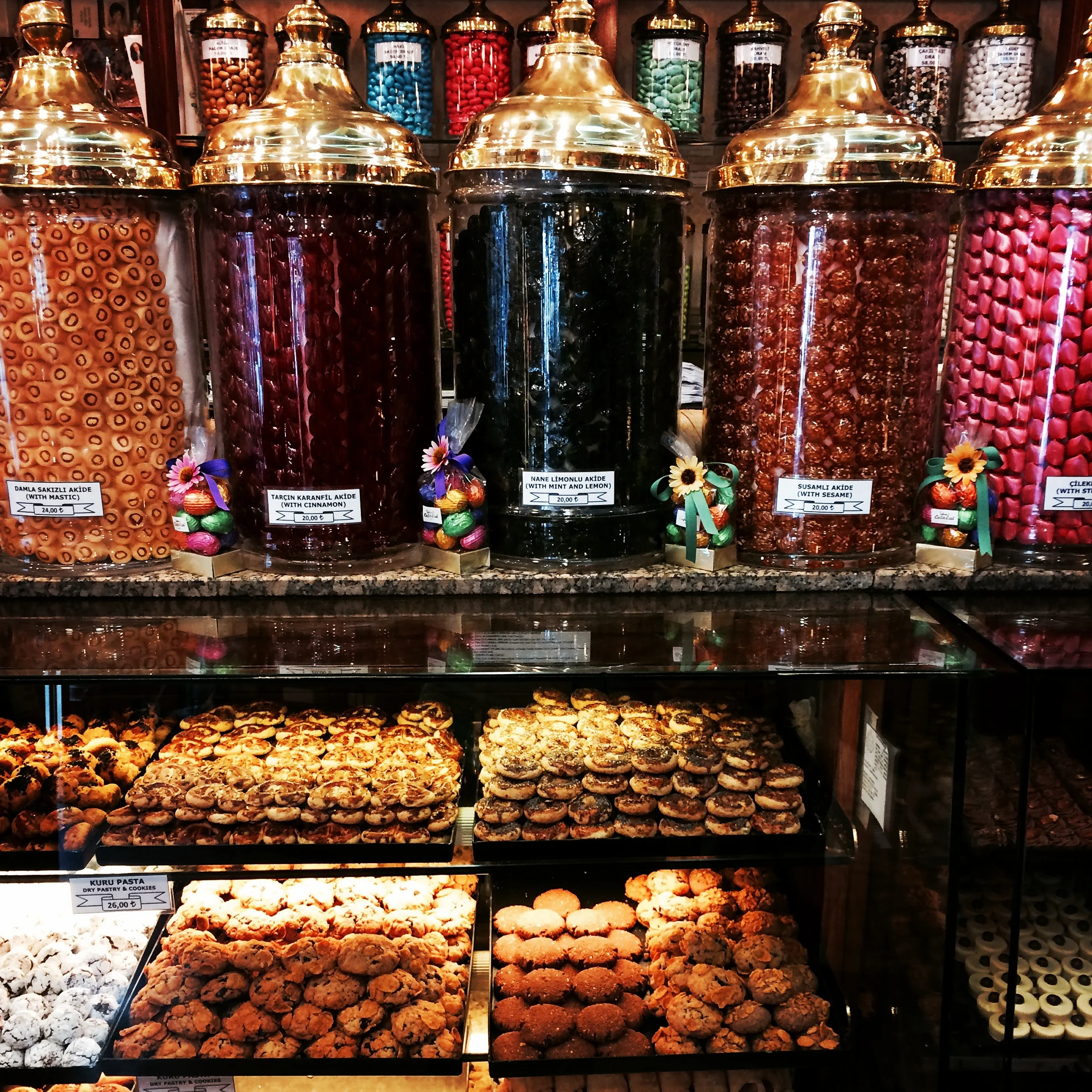This is part 3 of a 5-part series about my recent trip to Turkey. (Previously: the food of Turkey and Istanbul.)
Even though our trip was really just beginning, it was tough to leave Istanbul after only two and a half days. But on Saturday afternoon, we took a car back to Atatürk airport so we could fly to Izmir and then visit one of Turkey’s most popular attractions: Ephesus, an ancient Greek city on the western coast of Turkey.
But before that, we had to fly in. Because Ephesus is an ancient city, there aren’t any hotels nearby; we’d arranged to stay in the closest town nearby, Selçuk. Night had fallen by the time we’d arrived in Izmir, and trains and buses had already stopped running. Knowing this, I’d arranged a pickup from the airport from our hotel.
The hourlong flight was uneventful but unpleasant. It was hot and stuffy, and the plane went in circles for at least half an hour without updating us as to when we would land. It was less uneventful for Andy, who, unfortunately, had eaten something earlier that day that didn’t sit well with him. He had the middle seat, and urgently scooted past me in the aisle to run to the airline bathroom.
Despite the small size of the airport, plenty of confusion ensued when we arrived. I didn’t see a driver waiting for us at arrivals. Someone claiming to be from the hotel approached me, but he was holding up a sign with a different person’s name on it. After 30 minutes of confusion that involved talking to different people at the airport, calling the hotel, and fending off the guy who insisted he was our driver, we found our actual driver. He’d been outside waiting for us the entire time.
I expected him to lead us to a small bus or a black car, but our driver led us to the door of an beat-up old silver-colored economy car. Another guy was seated in the front passenger’s seat. Our driver mentioned he was picking up another woman at the other terminal; he explained that the guy seated next to us in the front (I'll call him guy #2) would be driving us to a nearby gas station to wait while he picked up the other lady. Then our driver left to find her. We headed to the nearby gas station, where we parked at the side of the lot (we weren’t getting gas, after all), and guy #2 went inside to use the bathroom. This was the gas station:
In case you can’t read the blurry font, the name of the gas station is Po. As in: the hood. All I could think of at the time was this: po me.
Guy #2 didn’t come back from the bathroom. We waited...and waited...and waited. We started to get worried. Andy pulled up his phone and opened the Google Translate app. We memorized how to say this:
Meanwhile, Andy's stomach was still turning (and you can guess what he was threatening as an explosive weapon should we find ourselves in a dangerous situation).
Guy #2 finally showed up after 30 minutes, and we went back to pick up his friend before heading to the hotel. The four of us drove through the area, which had zero development or no lighting whatsoever, in complete silence, for what felt like an eternity. When we finally arrived at the hotel 45 minutes later, I'd never been so thankful to have arrived anywhere. I watched Andy gave the driver a generous tip out of the corner of my eye, and when I asked him about it later, he admitted he'd never been more relieved to be alive.
It was a good thing we had our gratitude, because it tempered our disappointment when we settled upstairs into what was the sketchiest, most depressing hotel room I'd ever seen. I have no idea how I managed to overlook all the shortcomings of this place when I'd booked it. But it was rated #1 on TripAdvisor! Famous last words.
The most frightening hotel room looks worse at night. Not pictured: the 1980s TV bolted to the wall. Definitely pictured: the world's most disgusting hotel shower.
Despite all our setbacks (Andy spent most of the next day holed up in the scary small bathroom with more stomach issues), we finally were able to make it to the ancient Greek city of Ephesus. It was an important center of early Christianity: St. Paul preached there, St. John supposedly lived there, and the Virgin Mary is even said to have died there. Here, a view from the top of the Odeon, which seated 1200, and was used for meetings of the senate as well as concerts:
We waited until every last drop of light was gone before leaving the ancient city, and we were the last ones there. Wandering the ruins of around a 2500-year-old city at dusk was like being in the twilight zone!
Before heading to our next stop, Pamukkale, we stopped into Şirince, a nearby village referred to as "the Tuscany of Turkey" because of its verdant rolling hills and local wine production, and enjoyed lunch with a view followed by window shopping.
Some delicious things we got to try while in the area:
I stumbled upon a sautéed green I'd never tried at heard of. The owner of the restaurant told me the Turks call it sirken, and that it's related to spinach. I later found out its scientific name is Chenopodium album, that it closely resembles lamb's quarters, and that it's also known as goosefoot, fat hen, Good King Henry, and pigweed, because pigs love to eat it.
Flaky flatbread filled with ground beef, spices, and onions that reminded me of Chinese-style pancakes.
Zucchini and tomato stew.
From Selçuk, we took a coach bus to Pamukkale, a UNESCO World Heritage site and one of Turkey's largest tourist attractions. It translates to "cotton castle," and is a natural site featuring hot springs and glistening-white terraces made of carbonite minerals. I first heard of Pamukkale when scrolling through this listicle, and it truly looked so unreal I had to check it out while I was in the same country, even if it meant taking a three-hour bus out of my way.
Sadly, we didn't realize that Pamukkale now only remains a shadow of what it once was. "You didn't know? It doesn't look anything like the postcards anymore," one local told us. The morning we showed up, it was packed with busloads of Chinese and Russian tourists, and most of the natural pools no longer had water in them. There were a few manmade pools, which were the only ones now open to visitors for bathing, since apparently a constant flow of water causes the terraces to turn brown. The experience was a definite letdown.
Still, the natural formations were truly unique:
One silver lining: we met a really great couple, Larissa and Antônio, from Rio de Janeiro. We swapped tips on travel within Turkey, and they shared great stories about their travels through Portugal, Italy, the States, and throughout Brazil.
The four of us shared some serious laughs watching middle-aged Russian women attempt to shoot glamour shots of themselves with Pamukkale in the background. Every single woman, regardless of her age, seemed dead set on taking her own suggestive self-portrait. It was hilarious!
After that, it was off to what might've been my favorite spot in Turkey: Kaş.




















































